Australian Wildlife Conservancy, The Wombat Foundation and Subsurface Mapping Solutions team up in St George wombat conservation project
With only a few hundred left in the world, a multilateral conservation project in the Balonne Shire is working to save one of the world’s rarest mammals, deploying ground-breaking technology to save the ‘shy and skittish’ creatures.
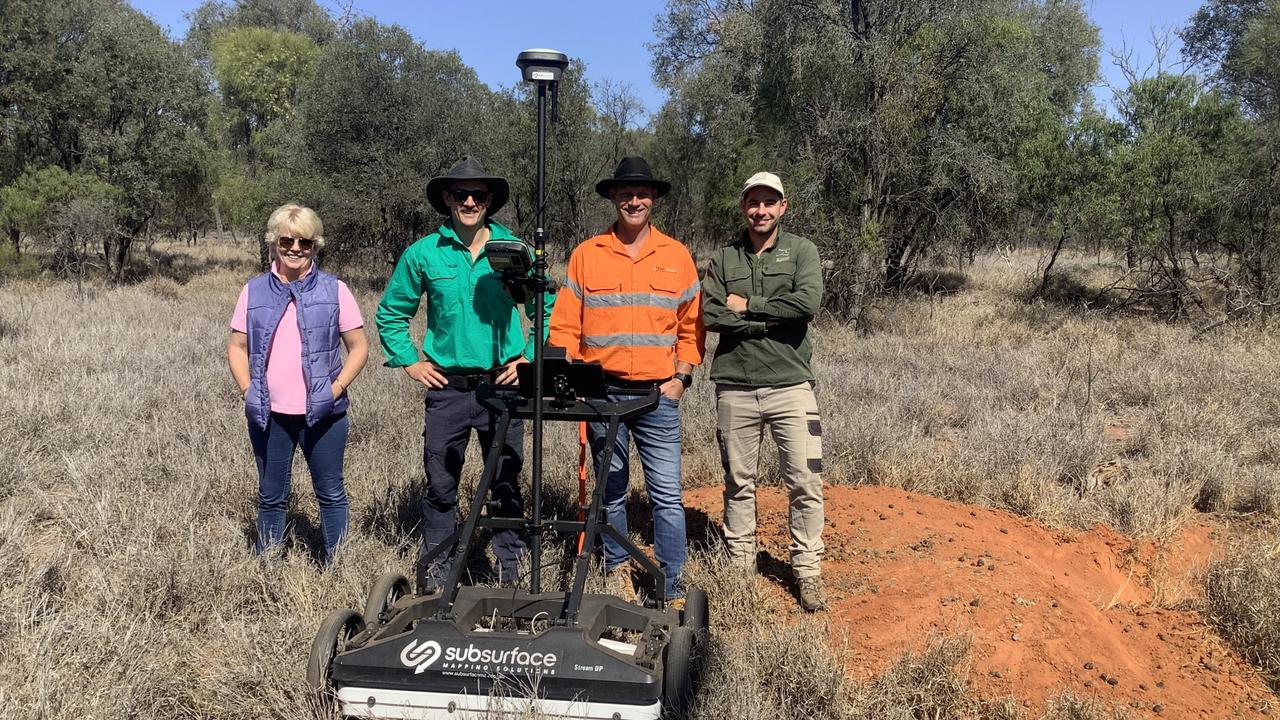
An iconic native Australian mammal, even rarer than the giant panda and Sumatran tiger, is under critical threat of extinction but thanks to new cutting edge radar technology recently deployed in southwest Queensland there’s still hope the species can be saved.
With an estimated total of around 315 individuals remaining, the northern hairy-nosed wombat is the world’s largest burrowing mammal, with some burrows spanning up to an impressive 90m in length.
Researchers have deployed the latest in ground penetrating radar technology to map out burrows belonging to one of the world’s rarest and notoriously shy mammals.
By exploring these large underground homes, researchers hope to better understand this critically endangered species, which can now only be found in Queensland.
Researchers from the Australian Wildlife Conservancy, The Wombat Foundation and the Department of Environment and Science spent three days last month at the Powrunna State Forest, west of St George, teaming up with Subsurface Mapping Solutions and using their revolutionary GPR technology to monitor the species underground.
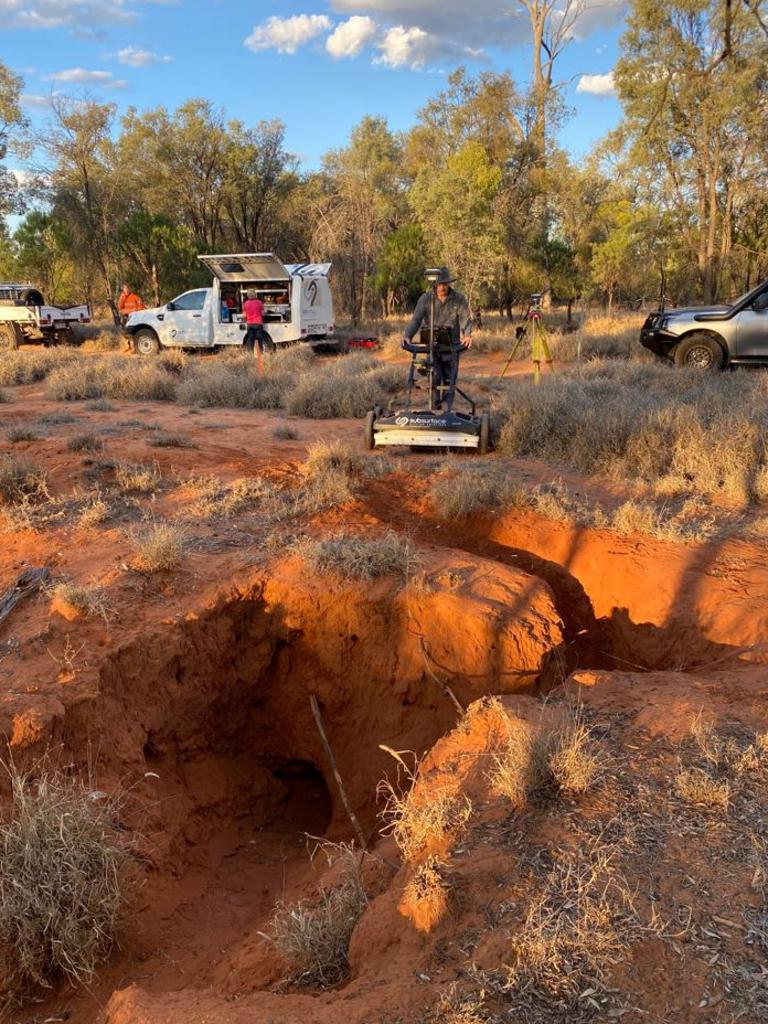
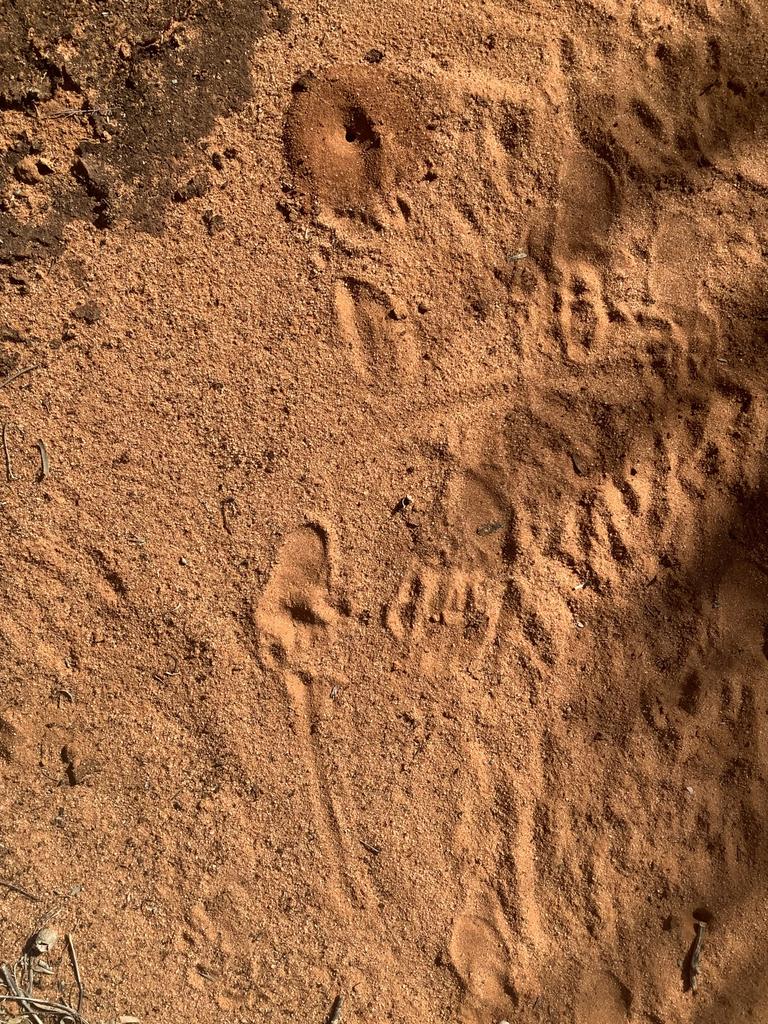
The project aims to reduce the knowledge deficit on the northern hairy-nosed wombat by using the new radar technology called the Stream DP to explore the wombat’s 3.5m-deep burrows.
The system used radar pulses to develop a real-time 3D mapping of burrows to compare those naturally dug by the wombats and ‘starter’ burrows that were created by DES to provide a haven and reduce the physical stress of digging burrows when translocated to a new site.
This latest GPR study is part of the Northern Hairy-nosed Wombat Recovery Action Plan developed as part of the DES Threatened Species Program 2020-2040. The purpose of the plan is to identify the priority actions required to recover the species.
AWC senior field ecologist Andy Howe said the team hoped the subsurface study would reveal any differences between burrow structure at both sites, potentially due to differences in soil and vegetation.
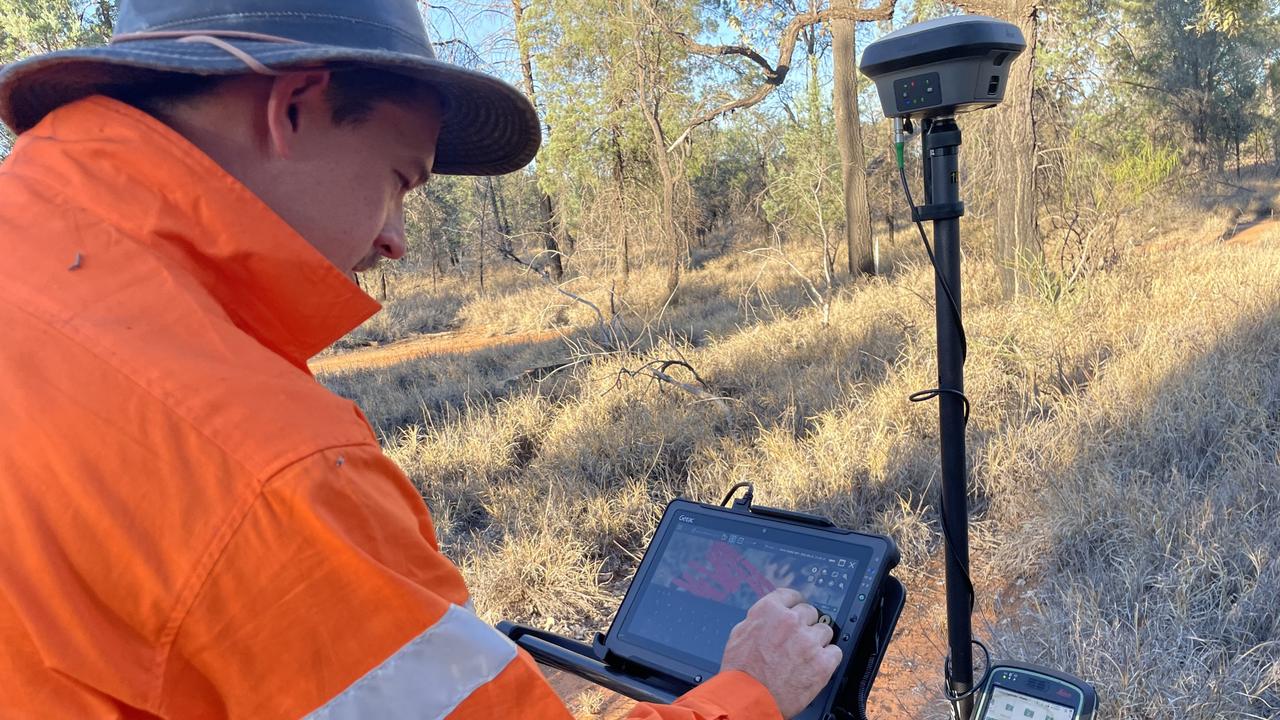
“We’re peering into northern hairy-nosed wombat burrows in a way that no human has been able to before,” Mr Howe said.
“A similar study was conducted in 2015 on the southern hairy-nosed wombat, however the older GPR technology was unable to map out the burrows in real time or pick up finer details of the structure.
“The Stream DP has enabled us to develop the most detailed subterranean mapping of the northern hairy-nosed wombat burrows to date, and in turn, equipped us with knowledge that will be used to aid in the conservation of the critically endangered species.”
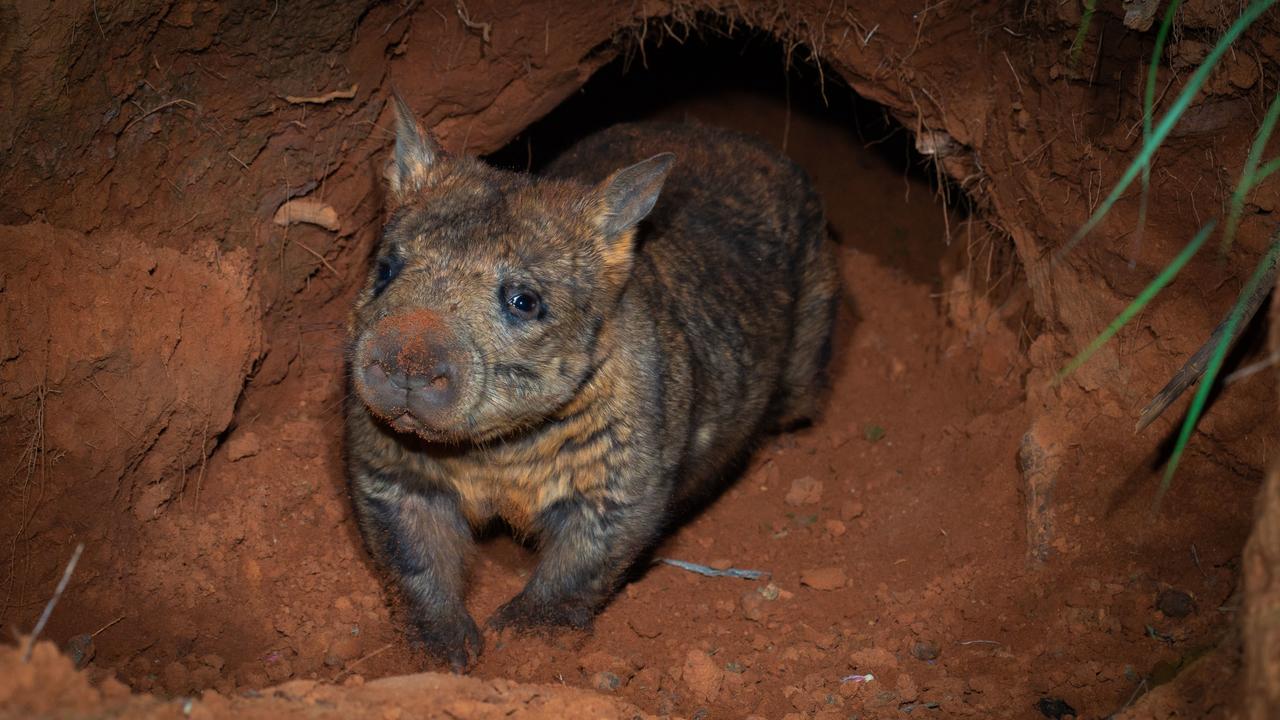
Historical records indicate that the northern hairy-nosed wombat could once be found living in Victoria, NSW and Queensland.
The decline in northern hairy-nosed wombats has been associated with the clearing of their preferred open eucalypt woodland habitat for grazing and competition with livestock and rabbits, as well as predation. By 1982, the species had retracted entirely to the Epping State Forest population in Central Queensland.
Northern hairy-nosed wombats have a distinctive appearance with a broad nose, pointy ears, soft greyish fur and faint black eye patches.
They can live to at least 30 years of age, spending most of their time underground and emerging at night to feed on grasses and sedges.
‘Yaminon,’ is the only recorded Indigenous name for these wombats, from an area near St George.
More Coverage
Originally published as Australian Wildlife Conservancy, The Wombat Foundation and Subsurface Mapping Solutions team up in St George wombat conservation project








